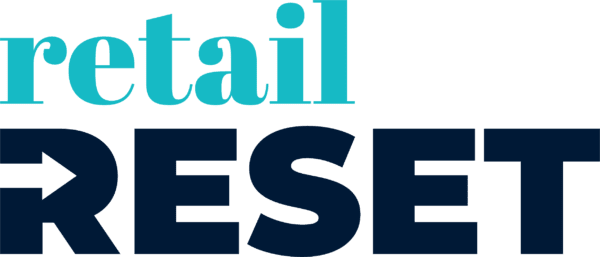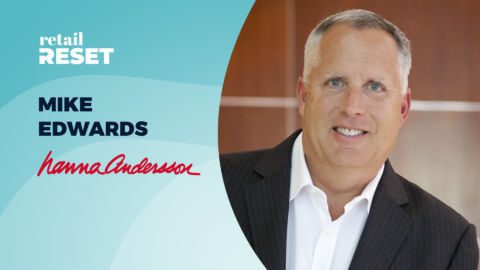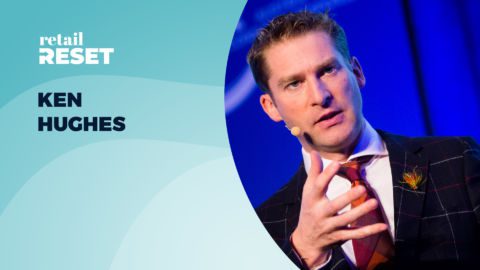The global pandemic has reverberated through the retail industry, creating an ever-growing list of questions for retail executives: What will recovery look like at a global and local level? How will consumer behaviors change? How will product offerings and omnichannel engagement strategies need to shift in order to maintain relevance?
McKinsey & Company is tracking consumer sentiment across 40 countries on a weekly basis. This global perspective helps the firm identify key categories; consumer browsing and purchasing behaviors; new business opportunities; and signs of economic recovery, also known as “green shoots,” according to Kelsey Robinson, who is a partner at McKinsey & Company.
At a global level, the research uncovered two universal trends: All discretionary categories will remain extremely pressured, while essentials such as grocery, household supplies and even home entertainment are clearly green shoots. In addition, the firm found a direct correlation between consumers’ optimism regarding the economy and the perceived health of their household finances. The only exception to that trend was the U.S., where consumers had more confidence in the economy but were still reducing their spending. More than one-third (35%) of U.S. consumers said they expected a rebound within two to three months. While their optimism trails that of Indian and Chinese consumers, it’s higher than Europeans’ optimism, which ranges from 14% to 24%. However, it is worth noting that since shelter-in-places orders have been implemented, U.S. optimism has also slowly wavered week-over-week.
Several trends vary depending on where countries are in the recovery process, Robinson explained. “If you look at China or Korea, for example, you’re starting to see spending come back because they’re further ahead or entering the recovery. This is where you’re starting to see some categories pop. In China, skincare, makeup and even childcare products are stronger right now.”
Consumers’ reliance on digital also varies based on whether specific countries are beginning to open stores. “U.S. consumers say they intend to spend more online, including for groceries,” Robinson said. Despite the boost in e-Commerce spending, “it hasn’t made up for the majority of companies that have seen incredible suffering due to the closing of physical stores. Some categories like apparel, footwear and accessories are obviously seeing better results online, but it’s not growing at rapid rates.”
Because there are so many factors that impact a retailer’s approach to recovery, Robinson provided a set of questions that can help companies develop a foundation:
- How do I navigate right now? This should include ways to support employees and the public — whether they’re online or in stores.
- How do I protect cash within this time? Executives should prioritize tightening budgets and making sure their companies stay resilient.
- How do I drive whatever revenue response I can? Robinson noted that this is where organizations need to get creative, pulling different levers across marketing, pricing, product and even shipping to maximize opportunities.
Although these three questions help address immediate needs and encourage executives to start to think about the long-term priorities for their business, “retailers really have to start to shift, ideally, half of their mindshare towards their plan for recovery,” Robinson explained.
Revisit The Fundamentals
The situation is still evolving, with sentiment, demand and behaviors shifting continuously. Retailers can begin by asking a more philosophical question: What role does your brand and products play in consumers’ lives? Then, they can refer to data and insight to revisit and revise their value propositions based on customer needs and perceptions. “We frame this as a reposition of tone,” Robinson said. “Retailers really need to have this level of insight into what the consumer is thinking, what the right value proposition is, whether it be a product or service, and how to put it into their language.”
Next, brands need to “clean sheet” their plans so they can successfully drive demand, Robinson explained. For instance, marketers will need to completely rebuild their campaigns and investments based on the channels consumers use to shop; the messages they gravitate to across these channels; and even the formats they’re relying on. For example, fitness brands like Lululemon are livestreaming daily workouts on Instagram TV. Robinson encourages retailers to build their marketing mix, and ultimately their budgets, around those engagement-building activations.
Meanwhile, product and merchandise teams should clean and optimize their product mix online and in stores. “Retailers should think through what demand is going to look like across all the different areas of their portfolio,” Robinson said. “Do you actually need to expand assortment in one category and bring it down in another?”
The last priority is to determine the best ways to drive loyalty in the long term.
“Consumers are not only shifting towards digital channels; they’re shifting from brands and stores,” Robinson said. “It’s both an opportunity and a threat. If you’re a retailer, you have to understand why people are shifting, and focus on reinforcing and strengthening customer relationships. Your loyalty programs and mechanisms as well as your long-term value prop will likely need to be reimagined.”
Service And Product Innovation Rise To The Top
What will the future of differentiation will look like? Robinson zeroed in on service and product as opportunities and identified existing trends that she believes are likely to have staying power.
Brands such as Glossier are bolstering their existing value prop of having highly passionate and knowledgeable store associates to guide shopping experiences. With stores closed, the beauty brand has successfully reimagined the way consumers engage with these experts, by offering live video chatting capabilities that have the opportunity to scale well into the recovery phase — and beyond. Robinson noted that this consultative expertise will undoubtedly be a differentiated value proposition moving forward, whether shoppers are in stores or online.
Other brands, especially in the fitness category, will rethink their product offerings. “You’re seeing, in the U.S. especially, people are increasing their use of online fitness offerings. An activewear brand should be asking what that means for their business. How should they be rethinking the value that they offer and the way they think about the product experience?” Despite the uncertainties and undeniable challenges that lie ahead, Robinson believes that this time of recovery will provide clear opportunities for innovation.
“There are a lot of stipulations on how we interact,” Robinson said. “There’s a need for human connections at the individual level…we’re yearning for that right now. The question for a brand or retailer is: How can we play a role in that? How can we bring our customers together in a community-based way, help them celebrate moments in-person when they couldn’t months before? I expect that come recovery, maybe even into the recovery, we’ll see continued innovation around how customers connect to brands and retailers and the roles they play in their lives.”















